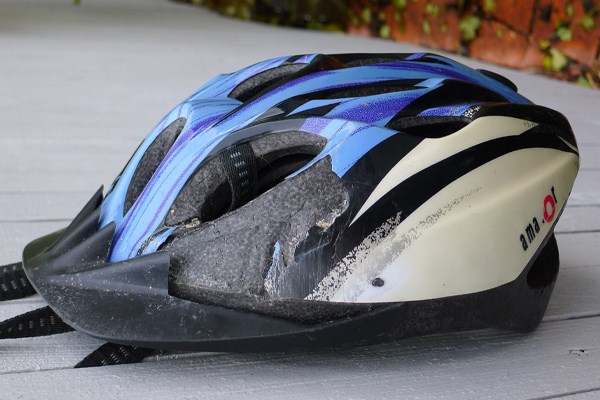Full Face Helmets
Full face helmets are designed for gravity mountain biking and BMX racing. With a chin bar and a thicker core than open face MTB helmets, full face lids are designed for high speed riding on challenging terrain. When it comes to protection, all our MTB helmets meet the minimum safety standard (CE EN 1078). Most full face helmets go much further than this with thicker cores and more durable shells as well as enhanced safety features like dual density cores and MIPS. Some full face helmets are designed to meet the international ASTM DH standards.
Full face helmets can be roughly split into two types; downhill or DH helmets and enduro helmets. Downhill helmets look similar to off-road motorbike helmets, with lots of internal padding and very few vents. Enduro helmets have a lot more venting and look like regular MTB helmets with an added chin guard, which is sometimes removable. The chin guard on enduro helmets is especially well vented to make breathing easier on climbs and traverses. This isn’t a definitive definition as many enduro racers wear DH helmets, while enduro helmets are becoming more popular with trail riders.
Shell
The shell is the outer covering of a full face helmet. As well as the standard polycarbonate shell found on regular mountain bike helmets, full face lids sometimes features a fibreglass or carbon shell. The shell is moulded to the core and completely covers the helmet including the chin piece. The very best full face helmets have a carbon fibre composite shell that is lightweight as well as offering the best protection.
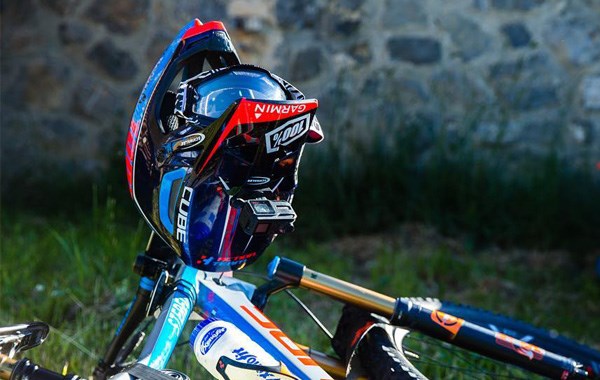
Core
Sitting directly under the shell is the Core. Like most cycling helmets the core is usually made from EPS foam. Sometime on high end DH lids EPP foam is used as this offers better multi impact protection. Multi density foam cores are sometimes used for improved impact protection at various speeds. While the shell of DH helmets strengthens the core, Enduro style full face helmets sometimes feature additional strengthening elements to compensate for all the extra venting that break up the integrity of the shell.
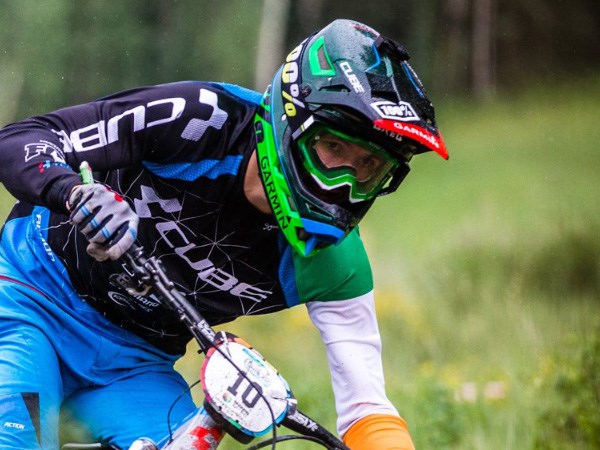
Liner
The padded liner is the bit of the helmet that connects directly to your head. If you ride a lot, then features to look out for are removable, washable pads made from quick drying, hydrophilic and anti-microbial materials. These will help keep your head smelling sweetly on every ride.

MIPS
A Multi-directional Impact Protection System (MIPS) is fitted between the helmet core and your head. MIPS helmets feature a low-friction layer inside a bike helmet that allows a multi-directional movement of 10-15mm on certain angled impacts. This is intended to reduce rotational force to the head to further protect you from injury.
MIPS is the original slip-plane technology, designed to reduces the rotational forces that result from certain impacts, but there are other systems as well. All these systems are integrated into the fit system, of the helmet, usually between the padding and the EPS foam protective layer. MIPS safety systems are found on full face helmets at many different price points.
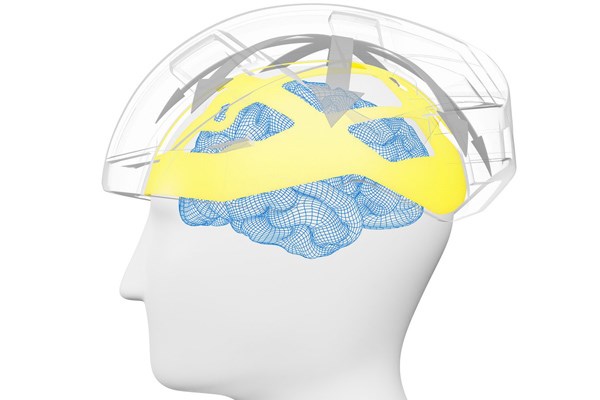
Crash Sensors
Sensors like the Specialized ANGi system automatically call for help when you have a crash. Crash sensors attach to your helmet, and some are supplied with them ready fitted. When the sensor detects forces consistent with a crash, it sends an alert to your smartphone which starts a countdown. If you’re hurt and unable to stop the countdown the app automatically sends a message with your location to your designated emergency contacts. You can even allow your contacts to follow your ride in real-time. A great feature for everyone’s peace of mind.

Fit & Straps
Full face helmets have two different fitting systems. Downhill helmets have similar fitting to motorbike helmets. Here the liner is extensive. It extends all the way around your head, with cheek pieces in the chin guard, so it grips your head effectively without the need for an adjustable fit system. Enduro style full face lids don’t tend to have so much padding, and may use an adjustable fit system like regular cycling helmets. This is sometimes supplemented with cheek pads for a firmer fit. Chin straps are there to keep your helmet in place even if you take a knock on the head. Again, there are two ways to do this; DH lids use a more secure D-ring style strap similar to those found on motorbike helmets, while enduro lids use a snap fit buckle.

Ventilation
Venting helps to keep your head cool while you ride by allowing air to move over your head as you ride. The venting on downhill helmets is minimal as you will be moving relatively fast when you ride which greatly improves airflow. Enduro style full face helmets have much more extensive venting as these are designed for climbing as well as descending. The rule of thumb for cycling helmets is that more and/or larger vents will increase the amount of airflow over your head. Vent position matters too. Vents close to the brow offer cooling where you need it most while vents in the chin guard are designed to aid breathing. Internal airflow channelling draws air in and circulates it around your head for more efficient cooling.
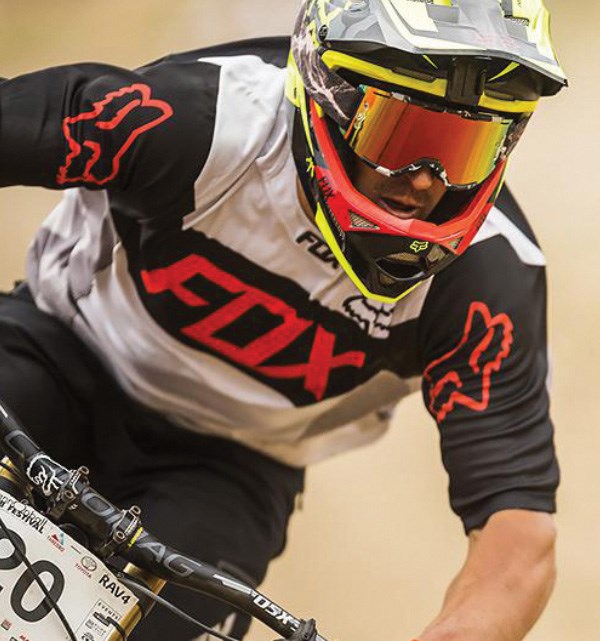
Removable chin guards
Enduro style full face helmets sometimes have removable chin guards. This means that you can take the chin piece off for extra cooling and easier breathing when climbing. Removable chin guards may not offer as much protection as a fixed one, although some full face helmets with removeable chin pieces are ASTM DH certified.

Visor
All full face mountain bike helmets have a visor to help keep the sun or rain out of your eyes. Most full face lids have an adjustable visor so you can push it out of the way for maximum visibility when you don’t need it.
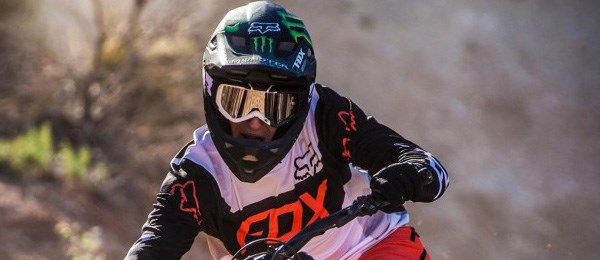
Goggle Compatibility
Full face mountain bike helmets are all designed to work with goggles. However, as goggles are different shapes some will work better with a particular helmet than others. Some full face lids are designed to be compatible with specific brands or types of goggles but will usually work with others too.
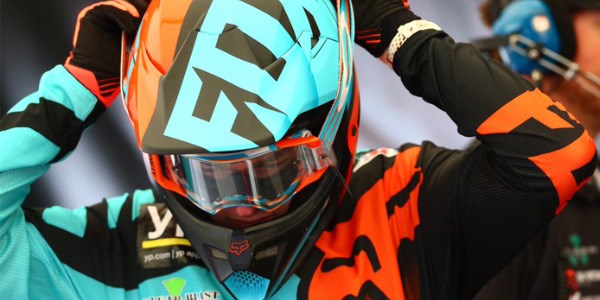
Action camera mounts
With a dedicated action camera mount, you can attach your GoPro securely to your helmet. Break-away mounts are the safest way to attach your action camera.

Sizing
It is important to get a helmet that fits correctly. Simply measure the circumference of your head and match it to the helmet size. Do this by placing a tape measure on the centre of your forehead and wrap it around your head above the ears. See our clothing size guide for more details.

When should I replace my bike helmet?
Should I change it after time?
Many helmet manufacturers recommend changing your bike helmet every three years even with no impacts. This is because there is a constant knocking and pressing of the EPS core as it is used, stored, dropped, or placed on hard surfaces. Over time these tiny impacts will cause the EPS to lose volume so it will be less able to absorb energy if you have a big crash.

However, if you look after your helmet, for example by storing it in a padded bag instead of throwing it in the back of the car to bounce around with your shopping, then it will continue to offer good protection for longer. A bike helmets EPS core doesn’t automatically degrade over time, but you do need to look after it.
To avoid damage to your helmet it is best to store it in a cool dry place. Avoid solvents and extreme changes in temperature and don’t drop it or throw it around. Even very small amounts of damage can seriously affect the performance of a helmet. If you can see any damage at all on your helmet then you should replace it.
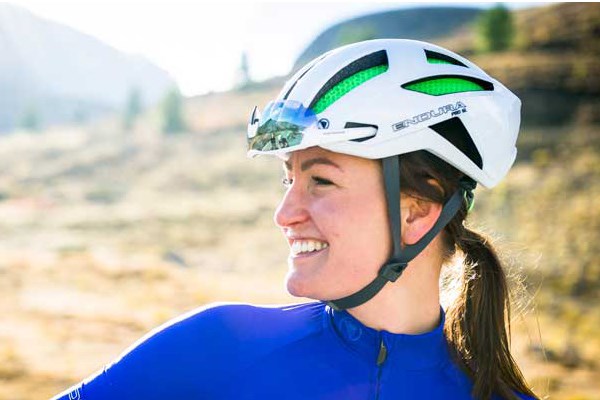
Should I change it after a crash?
If you hit your head in a crash, then the helmet should be replaced. The EPS core is designed for one-time use and if it is crushed it won’t give you the proper protection you need next time around. Even if the helmet looks fine, it may still be damaged. Small cracks in the EPS core may be hidden by the outer shell. These could cause the helmet to come apart if you hit it again in the same spot.

Fortunately, most helmet manufacturers offer a crash replacement policy so you can get a new helmet at a discount if you damage one in a crash. These policies vary from brand to brand, but most will give you a half-price helmet to replace one bought within the last couple of years. Check the specific brand's website for details on their policy.
